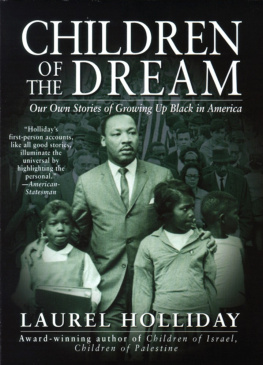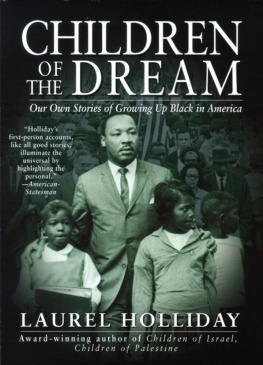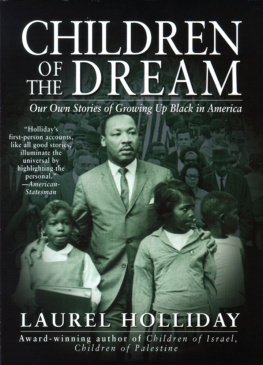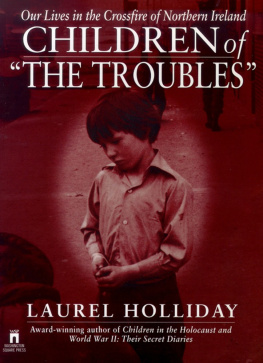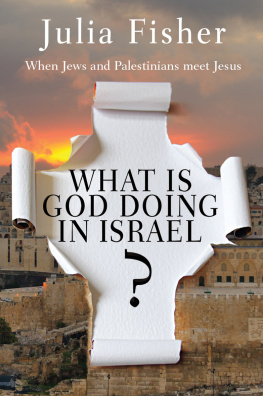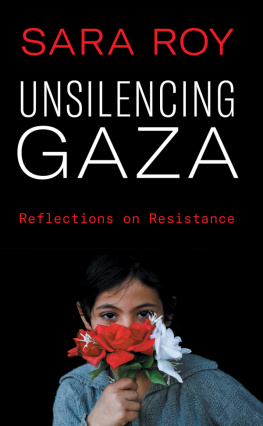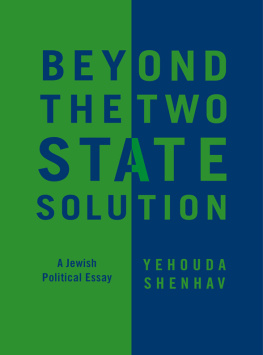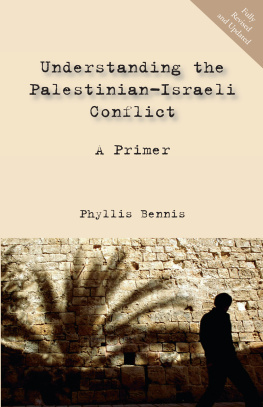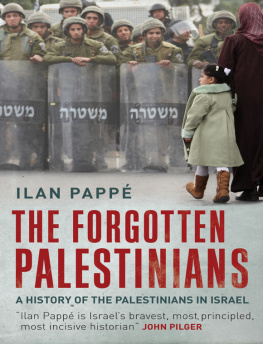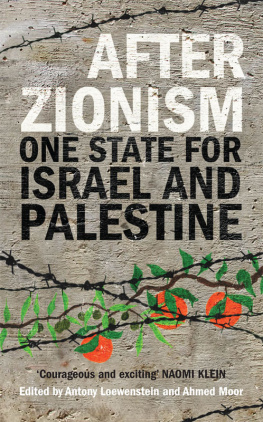Thank you for downloading this Atria Books eBook.
Join our mailing list and get updates on new releases, deals, bonus content and other great books from Atria Books and Simon & Schuster.
C LICK H ERE T O S IGN U P
or visit us online to sign up at
eBookNews.SimonandSchuster.com
We hope you enjoyed reading this Atria Books eBook.
Join our mailing list and get updates on new releases, deals, bonus content and other great books from Atria Books and Simon & Schuster.
C LICK H ERE T O S IGN U P
or visit us online to sign up at
eBookNews.SimonandSchuster.com
Contents
Acknowledgments
I am very grateful to the hundreds of writers who sent work to me for this anthology. While it was not possible to publish all of the stories that I received, I deeply appreciate the effort that went into everyones writing.
Many people, some unbeknownst to me, have helped to find the writers for this anthology. To all I send a very heartfelt thanksthis book would not have been possible without you. For your special efforts in providing Israeli and Palestinian contacts, I would like to thank (in no particular order): Charles Davis, of Seattle, Washington; Dr. Thomas R. Trabasso, of the University of Chicago; Dr. Sid Strauss, of the University of Chicago; Dr. Boaz Keysar, of the University of Chicago; Len Traubman, D.D.S., of San Mateo, California; Dr. Michael Roe, Chairman of the Psychology Department, Seattle Pacific University, Seattle, Washington; Nigel Parry, of Birzeit University, West Bank, Palestine; Mary St. Germain, of University of Washington Libraries, Seattle, Washington; Moshe Dor and Barbara Goldberg, of Chevy Chase, Maryland; Lilith magazine; Cole Hull, Seattle, Washington; David Lloyd, of Israeli English Teachers Network; Natan Galkowicz, Postmaster for K-12 Schools in Israel; Sylvia Asher, of Ironi Tet High School, Tel Aviv, Israel; and Stacy Gilmore, D.D.S., Seattle, Washington.
I would also like to thank all of the people who helped to bridge communication gaps with writers. When I was stymied by language differences, border closings, lack of E-mail/fax/typewriters, etc., your help made it possible for these writers to be heard.
Rebecca Alexander, M.A., librarian at the Temple de Hirsch Sinai in Seattle, has once again provided me with invaluable assistance on the Children of Conflict series. Thanks, Rebecca, for being a thorough and very helpful librarian and a good friend.
I have called the librarians at Seattle Public Librarys Quick Information Line many times during the course of researching and writing this book. Thanks to all of you for your help and patience. And special thanks to librarian Eileen Hamelberg, of the Humanities Department, as well.
Thanks to Hebrew translator Elizabeth Maor for your quick help with questions about Israel and your on-line friendship. And thanks to Sister Elaine Kelley of Portland, Oregon, for reading and commenting on my introduction.
To Paul McCarthy, who began the editing for this book, and to Jane Cavolina and Brett Freese, who finished it, thank you.
To all at Pocket Books whove been supportive of the Children of Conflict series and who have put your best into each and every volume, thank you.
Introduction
The struggle between Israeli Jews and Palestinians, although one of the most complex and long-standing conflicts in the world, is fundamentally about one thing: both peoples claim the same land as their homeland and, to varying extents, both want to govern it as they see fit. Whether they call it Israel or Palestine, the conflict still comes down to the fact that two ethnically and culturally distinct peoplesPalestinians and Israeli Jewslay claim to the very same sand, stone, rivers, vegetation, seacoasts, and mountains. Add to this the fact that peopleof various ethnicities, including Druze and Bedouin Arab, are also occupants of the same land, and it becomes even more understandable that the efforts of numerous world leaders have yet to bring peace to this very troubled land.
As the writers in this book so poignantly describe, Israeli and Palestinian children grow up feeling that they are destined for conflict with their neighbors from the day they are born and that there is little they or anyone else can do about it. To be born an Israeli Jew or a Palestinian is to be born heir to an ethnic identity one is expected to defend at all costs. Until Yasser Arafats and Yitzhak Rabins famous White House handshake in 1993 sealing the Declaration of Principles designed to lead to a permanent peace accord, there was virtually no hope of an Israeli-Palestinian peace.
Today, however, despite tremendous hurdles to peace that have arisen subsequent to the signing of the Declaration of Principlesnumerous assassinations, massive bombings with tremendous loss of life, threats to sacred sites, and the continuing struggle over the future of Jerusalemthere is at last a possibility that the writers in this book will see peace in their lifetimes.
Perhaps because of the modicum of hope and trust that the peace process has afforded them, Israeli Jews and Palestinians are for the first time willing to divulge, here between the covers of one book, the intimate details of their childhood and coming of age. From Palestinian refugee camps in the West Bank and the Gaza Strip to Jewish kibbutzim in Israel and the occupied territories, from the Old City of Jerusalem to Ramallah to modern Tel Aviv, Israeli Jews and Palestinians tell us the story of their youthsometimes happy, more often sad, and all too frequently horrific.
Still, no matter what their ethnic identity, how much and how long they and their families have suffered, and how extreme their differences, the authors of these courageous autobiographies most often reveal a deep longing for peace.
Peace at what price is the question, of course, and here in this book Palestinians and Israeli Jews describe the freedom, justice, and security that they require and the compromises they are willing to make in order to finally turn their dreams of peace into a reality.
I believe that, as young people and adults, most of us are more able to remain open to personal autobiographical stories of childhood and coming of age than we are to history lessons and polemics. Perhaps because we are less likely to suspect a hidden agenda, we can read a teenagers diary of war (Anne Franks, for example) when we would not care to read a historical/political analysis of the events of the same period. It is my hope, therefore, that in addition to showcasing the work of some very fine writers, the accessibility of this groundbreaking collection of autobiographical stories will invite a wide range of readers and contribute to the mutual understanding that is a necessary first step to peace.
As is true when considering any world conflict, it is not easy to be fair and open-minded while avoiding the trap of a pseudoneutrality based on little more than ignorance. What I know for certain is that Israelis and Palestinians have hurt each other very badly (although not necessarily equally): both peoples have committed countless acts of aggression, terrorism, and torture, and, even today, a little understanding between the two peoples is hard to find.
The authors of these stories do not pretend to kiss and make up. Although often expressing a desire for understanding and reconciliation, they accuse and assign blame: they express hate, anger, fear, grief, humiliation, despair, and the desire for revenge. Nevertheless, if they can suspend judgment for a time and hear each other I think they have a chance of bringing their painful, century-long conflict to an end as we ring in the new millennium. The first step, no matter how difficult, is for themand all of usto listen to the stories of one anothers lives.
Next page
